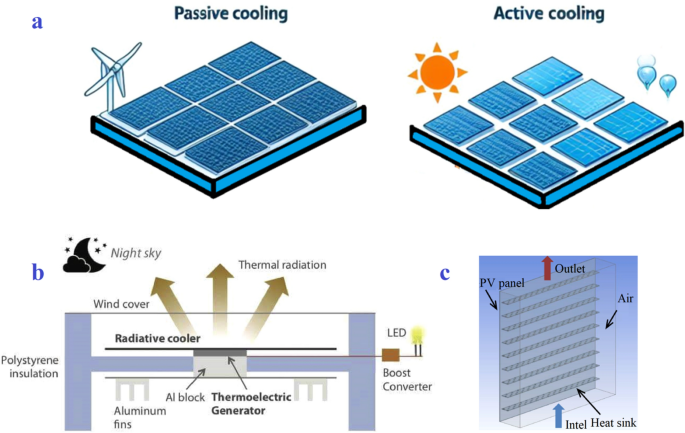Solar technology is at the forefront of renewable energy development due to the desire for cleaner, more efficient energy sources. The efficiency and functionality of solar cells have improved recently thanks in large part to developments in solar panel materials. The most recent advancements in sophisticated solar panel materials, their effects on solar technology, and the potential for solar energy in the future are all covered in this article.
The Development of Technology for Solar Panels
Photovoltaic (PV) cells are used in solar panels to convert sunlight into electrical power. Historically, silicon has been used to create these cells due to its ability to effectively balance cost and efficiency. But there has been a lot of study done on innovative materials as a result of the search for more effective and sustainable substitutes.
Cutting-Edge Solar Technology Materials
Photovoltaic Solar Cells :The introduction of perovskite solar cells is one of the most exciting advances in solar technology. A group of minerals known as perovskites have a similar crystal structure and are effective at absorbing light and converting it to electrical energy. Compared to conventional silicon, these materials provide a number of benefits, such as cheaper manufacturing costs and the capacity to create flexible, lightweight cells.
Researchers have achieved perovskite cells with power conversion efficiencies that rival, and sometimes surpass, those of traditional silicon cells. Furthermore, perovskite solar cells can be produced using simpler processes, such as printing techniques, which reduce both complexity and cost.
Organic Photovoltaics (OPVs)
Organic photovoltaics are made from carbon-based materials, which are abundant and environmentally friendly. OPVs can be manufactured to be transparent or semi-transparent, offering the potential for integration into windows or screens without compromising natural light. While traditionally less efficient than silicon-based cells, recent advances have significantly improved their performance and stability.
Tandem Solar Cells
Tandem solar cells combine multiple layers of different materials to capture a broader range of the solar spectrum and convert more sunlight into electricity. By stacking a perovskite cell on top of a silicon cell, researchers have developed tandem cells that achieve significantly higher efficiencies than single-material cells. These advancements are pushing the boundaries of solar cell efficiencies closer to their theoretical limits.
Enhancing Efficiency with Nanotechnology
Nanotechnology has played a pivotal role in advancing solar panel materials. Nanostructured materials can manipulate light at a molecular level, enhancing the absorption and conversion capabilities of solar cells. For example, nano-coatings can minimize losses from reflection, while nanostructured electrodes can improve the conductivity and overall efficiency of the cells.
Challenges and Opportunities
Manufacturing and Stability :While advanced materials offer higher efficiencies, their long-term stability and large-scale manufacturing processes still pose challenges. For instance, perovskite solar cells are susceptible to degradation under environmental factors such as moisture and heat. Overcoming these hurdles is crucial for the commercial viability of these technologies.
Economic and Environmental Impact
The adoption of advanced solar panel materials could significantly reduce the cost of solar energy, making it more accessible worldwide. Moreover, enhancing the efficiency of solar panels means fewer resources are needed for the same energy output, reducing the environmental impact of their production and deployment.
Regulatory and Market Factors
The integration of advanced solar technologies into the energy market is influenced by regulatory policies and subsidies. Supportive policies can accelerate adoption, while restrictive regulations may slow progress. The future landscape of solar technology will likely be shaped by a combination of technological, economic, and political factors.
The Future of Solar Energy
As research continues, the potential for new materials to transform the solar industry grows. Innovations such as quantum dots, biomimetic materials, and alloy-based solar cells are on the horizon, each offering unique properties that could further enhance solar technology.
In conclusion, the development of advanced solar panel materials is not just about improving efficiency but also about increasing the adaptability and integration of solar energy into diverse environments. With continued investment and research, these materials have the potential to play a pivotal role in the global transition to renewable energy, driving forward innovations that could power the future sustainably.




Don’t know where the world would be without solar energy
ReplyDeleteAs we look to the future, it's crucial to consider the environmental impact of our technological advancements and strive for sustainability.
ReplyDeleteTech skills are rad!
ReplyDeleteBattery storage advancements are critical. Without them, solar and wind can't reach their full potential due to intermittency issues.
ReplyDeletePost a Comment